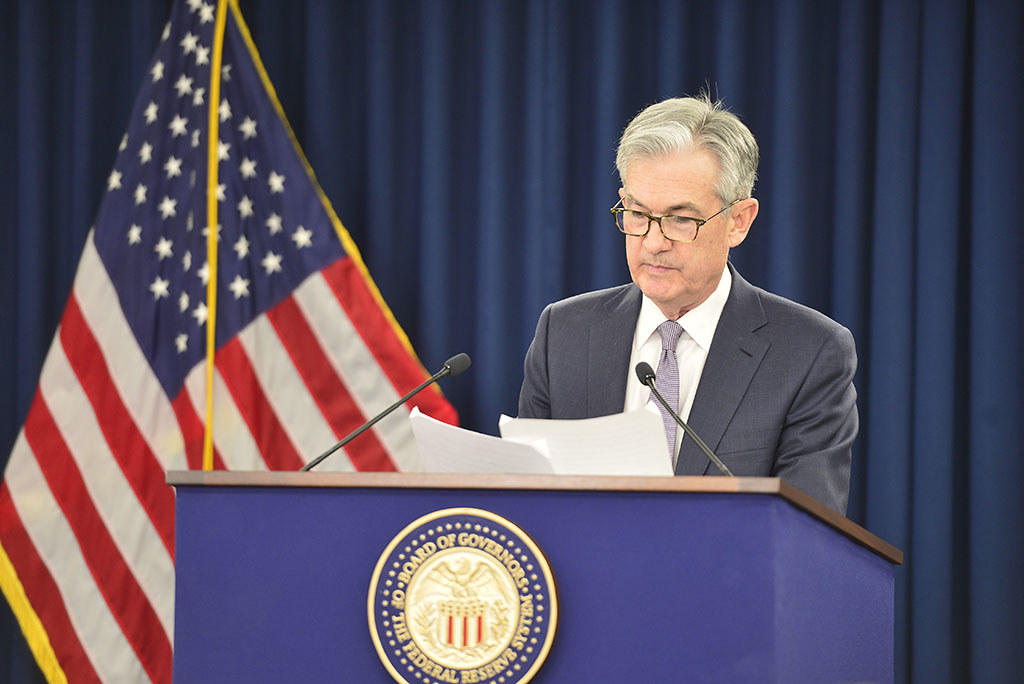
Federal Reserve Chair Jerome Powell on Tuesday reiterated the central bank’s delicate balancing act, emphasizing that policymakers are trying to navigate between their price stability and employment mandates. In prepared remarks at the Greater Providence Chamber of Commerce’s economic outlook luncheon, Powell noted, “Recent data show that the pace of economic growth has moderated.” He added that while the unemployment rate is low, it has edged up, and job gains have slowed, leading to rising downside risks to employment. At the same time, he acknowledged that inflation has recently risen and remains somewhat elevated.
Powell’s comments echoed those of Vice Chair Michelle Bowman, who told the Kentucky Bankers Association’s annual convention that while the U.S. economy has been resilient, she is “concerned about the weakening in labor market conditions and softer economic growth.”
A Shift in Focus for the Fed
Powell also offered a slightly more optimistic view on the impact of tariffs, suggesting they would likely trigger only a “one-time pass-through” effect on inflation. This marks a shift from earlier warnings that tariffs could fuel more sustained cost pressures. He cautioned that there is no risk-free path for interest rates but suggested that the Fed is increasingly inclined to prioritize its employment mandate.
The Federal Open Market Committee (FOMC) voted last week to lower interest rates by 25 basis points, the first cut in nine months. While Powell declined to comment on the likelihood of another reduction in October, market expectations are high that the Fed will cut rates at its final two meetings of 2025. DBS Bank in Singapore described the Fed’s latest meeting as riddled with “dissonance and contradictions,” noting that policymakers’ economic projections for faster GDP growth and lower unemployment seem inconsistent with their acknowledged “downside risks to employment.”
Crypto Markets Respond to Easing Policy
Expectations of further monetary easing have generally lifted risk assets, but crypto markets faced fresh selling pressure at the start of the week. The divergence between Bitcoin and equities was noted by market commentator The Kobeissi Letter, which pointed to widening gaps across multiple asset classes. Analyst Heisenberg, however, suggested that Bitcoin’s wide divergence from the Nasdaq will likely converge again, citing historical trends as a signal that Bitcoin could rebound swiftly in line with the Nasdaq’s recent all-time high.
Other indicators also suggest Bitcoin’s correction may be short-lived. A report from CoinShares found that Bitcoin exchange-traded funds attracted $977 million in inflows last week, lifting total crypto inflows to $1.9 billion. Economist Timothy Peterson told Cointelegraph that crypto’s trajectory could climb much higher once investors grasp the scale of the Fed’s ongoing policy shift. He said that any sign of more aggressive easing could “jolt Bitcoin and altcoins up substantially.”
What The Author Thinks
The Fed’s increasing inclination to prioritize its employment mandate over inflation, as suggested by Powell, marks a significant and potentially risky pivot in monetary policy. While this may be a welcome signal for job markets, it could also reignite inflationary pressures that have been difficult to control. The market’s “dissonance and contradictions,” as described by DBS Bank, suggest that investors are struggling to interpret the Fed’s mixed signals, which could lead to increased volatility across asset classes in the coming months. This is a high-stakes gamble that shows the central bank is willing to accept a trade-off between fighting inflation and supporting the labor market, a decision that will likely have a ripple effect throughout the global economy.
Featured image credit: Federalreserve via Flickr
For more stories like it, click the +Follow button at the top of this page to follow us.
